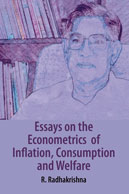New Releases...
Download Catalogue...
Download Excel Data
Download PDF Catalogue
You will get a Excel file with detail about catalogue.
You will get PDF file with detail about catalogue.
Detailed info...
Non-alignment and Peace Versus
Military Alignment and War
Nihal Henry Kuruppu
About the Book
<p>IN this book, Dr. Kuruppu traces the peaks and troughs in the changing character of the bilateral relationship between the two democracies, India and Australia, in the post-world war period 1947 to 1975. The book claims a degree of originality in its interpretive focus : the impact of personality on the making of foreign policy. The book has a much greater Indian representation than has been previously attempted in other political writings or media reports relating to the India-Australia bilateral relationship. The case for a stronger Indian perspective, springs from the impression that Australian scholarship has had little reason, and experience of India, to evaluate the relationship from other than an Australian/Western Cold-War view of the world. And, of course, this includes Australia's difficulty in understanding the Indian mind, as Richard Casey, Australia's Minister for External affairs in the 1950s, was constrained to observe. This was also the view held by Prime Minister Nehru in regard to the West in general.</p>
<p><br />
The earlier lament among Australian academics, that India studies, and India-Australia relations, failed to adequately feature in university degree programmes, has, in recent years, been partially rectified creating considerable student interest in the topic, not least because of India's growing regional and global importance.</p>
<p><br />
The book will make a valuable contribution to knowledge of international relations during the Cold War period, and, in particular, the impressive role played by Jawaharlal Nehru with his peace initiatives and leadership of the emerging, independent nations of Asia and Africa. Importantly, it would also help improve the effectiveness of Australia's, and the West's, diplomacy as it seeks to build constructive and enduring relations with India, and also with other nations of the region, in these uncertain times.</p>
<p><br />
The book also examines Prime Minister Whitlam's (1972-75) impact on the bilateral relationship. Whitlam's enlightened attitude towards India, and Asia, led to the emergence of an Australia capable of more independent foreign policy framing underpinned by regional factors, rather than primarily on the imperatives of its Western alliance. This was helped by the enthusiastic response to Whitlam by the equally independent Prime Minister of India, Mrs. Indira Gandhi. It also reveals hitherto unpublished views held, and statements made, by Nehru and Whitlam : kindred spirits, different times.<br />
The foregoing, together with a discussion of the previously unexplored topic of the character of 'bilateralism,' should ensure the book has wide potential interest among academics, students, libraries and institutions, not to mention the general informed reader in India, Australia and beyond.</p>
<p><br />
The book posits that the India-Australia relationship has greater significance than previously recognized, as the largest democracy in the world (one of the few in the region that has steadfastly clung to a robust democracy in the face of considerable challenges, including early Western pessimism about its future viability), Indian, in the view of some, is on course to becoming a major player in global trade and regional politics in the new century. </p>
<p> </p>
<p><strong>Dr. Kuruppu's</strong> book fills an important gap in any understanding of Indian-Australian relations, covering that crucial period of attainment of full Indian independence until the end of the Vietnam War. It is also a microcosm of the strategies whereby these two countries made their separate ways through a hazardous international system : India choosing non-alignment and strong, though realistic hopes for the success of the UN. Australia opting to continue her close alignment with Britain and America, renewed during the Pacific War and re-emphasized, in the shape of the American Alliance during the Cold War. Despite disagreements on the part of India and Australia on some international issues, the core relationship of amity has remained unchanged due largely to mutual goodwill and some deft political leadership especially on the part of Nehru, Indira Gandhi and Gough Whitlam. Dr. Kuruppu shows all this has been made possible despite many factors which, unskillfully handled, might have stood in the way of any new cooperative forms. The two conspicuous democracies, he believes, now seem likely to enjoy a fruitful, and valuable, regional relationship. The Author has assembled a great deal of material, which will be new to students of Cold War bilateralism, besides being some-thing of a revelation to the general reader. We are all in debt to Dr. Kuruppu for this fact alone.”</p>
<p><strong>-MAX TEICHMANN</strong></p>
About the Author(s) / Editor(s)
<p><strong>Dr. Nihal Henry Kuruppu </strong>completed a doctorate in political science at Victoria University, Melbourne, in 2000. Research for his Ph.D., and this book, took him to Cambridge University, the Robert Menzies Centre for Australian Studies, University of London, the Commonwealth Secretariat, London and, the Nehru Memorial and Lok Sabha libraries, New Delhi, among a number of other institutions and national archives.</p>
<p><br />
He has written a number of articles and critiques on subjects ranging from international socio-economic trends to Greek philosophy and cricket. Before his present work as a university lecturer, he was a member of the senior executive group with General Motors Corporation's Australian subsidiary, Holden, and, prior to that, executive head of the corporate planning function with the Anglo-Dutch multinational giant, Unilever, at its subsidiary in Sri Lanka. In 1971, he was appointed to the UN (ILO) International Roster of Management Consultants, and in 1989, made a Bail Justice by the Government of Victoria. Nihal is married and has four children.</p>
Print Brochure...
Print as it is
Customised brochure
You will get a printout of what you see on your screen under 'Detailed Info'(Uneditable).
You will have the opportunity to edit the text and adjust the extent to fit on A4 size sheet or more accordingly as you desire. Plus, you can download the edited/customised Brochure or simply print it (CTRL + P).


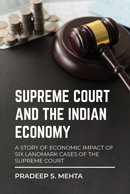



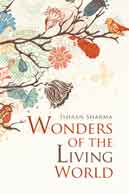
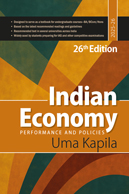
-web-194.jpg)
-front.jpg)
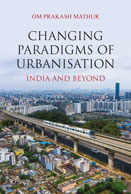








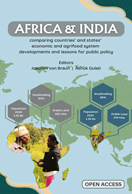
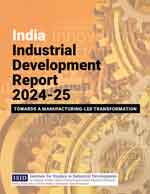
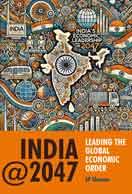
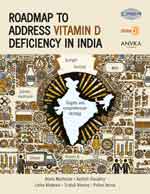
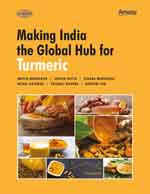
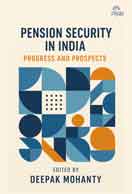
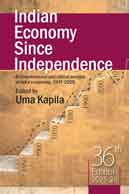
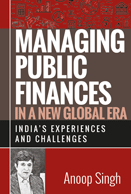
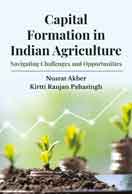









-COVER-web-194.jpg)





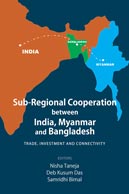






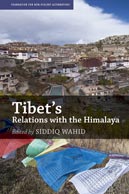



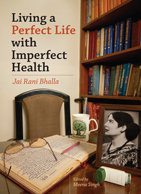












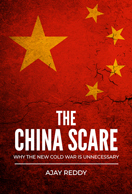
.jpg)






